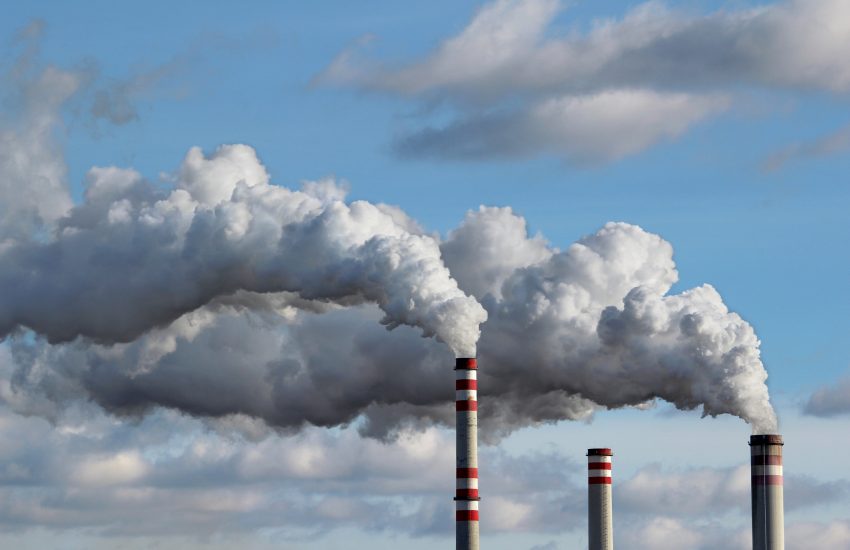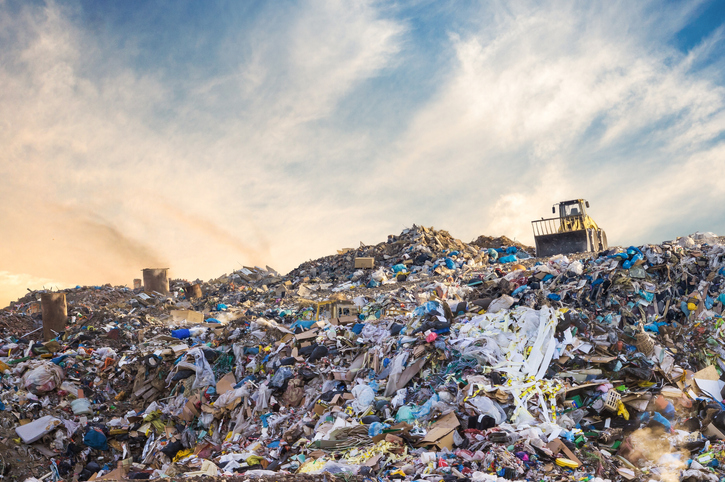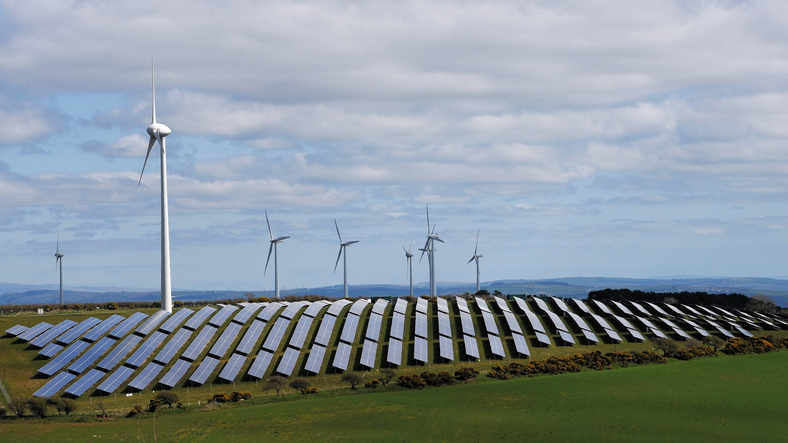Companies operating in Illinois, Indiana, Kentucky, Louisiana, Maryland, Michigan, New Jersey, New York, Ohio, Pennsylvania, Virginia, and West Virginia – whose operations involve the release of emissions — will need to consult the Environmental Protection Agency’s Revised Cross-State Air Pollution Update Rule to determine whether their operations might be affected by the Federal Implementation Plan.
The rule requires power plants and other high-emitting machinery to install emission-reduction equipment and update pollution controls.
The District of Columbia Circuit of the United States Court of Appeals unanimously …
Continue Reading









